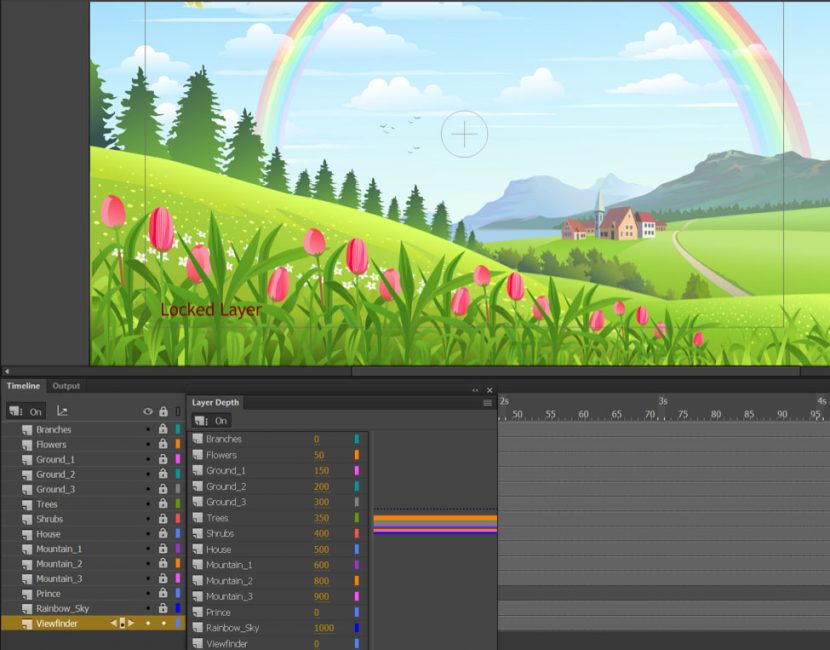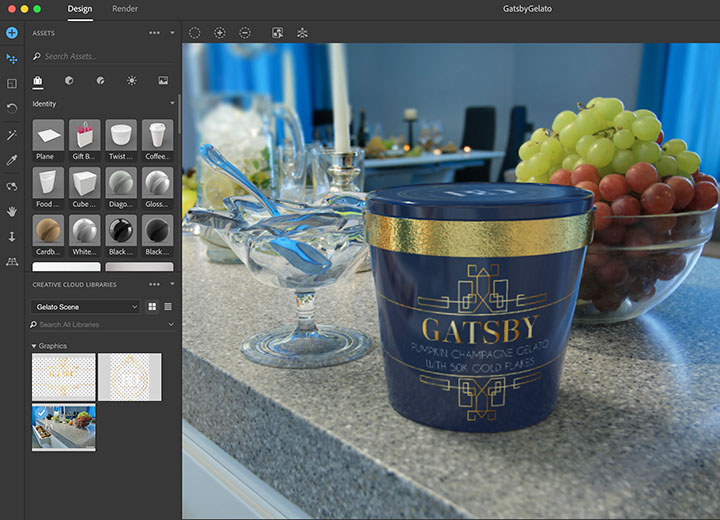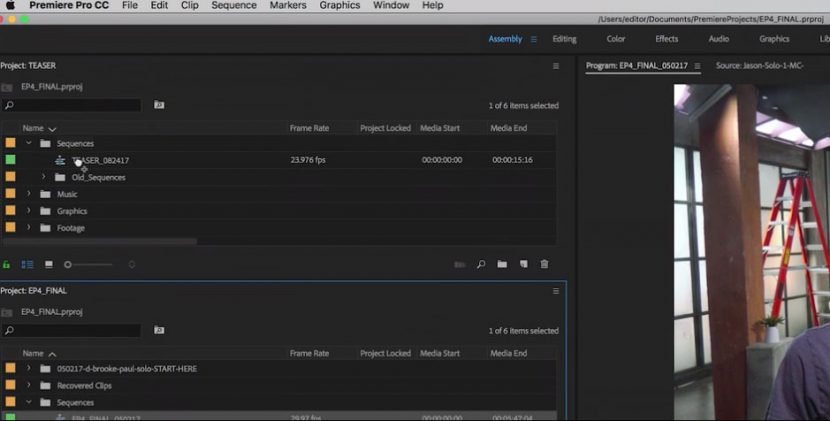At Adobe Max in Las Vegas, Adobe released two new applications as well as updates to most of it’s software. Previously in beta, Adobe XD CC the all-in-one cross-platform solution for designing and prototyping mobile apps and websites was released. Additionally, Dimension CC, previously called Project Felix, was released. It enables graphic designers with no 3D experience to quickly create and iterate on photorealistic 3D images.

Dimension is powered by Adobe AI engine Sensei, specifically the smart selection, Auto-IBL, Auto Ground-Plane and Horizon Detection, and the Decal features. The product allows product shots, packaging designs, and branded collateral in real-world settings by seeing a logo or vector graphic on a 3D model without needing to be a traditional 3D user user.
Users can drag and drop background images from Photoshop CC and 3D models from Adobe Stock, without leaving Dimension. One can then select the material, texture, and backdrop. Dimension automatically matches the lighting, perspective, shadows, and more for a believable shot. Users can then export their scenes as layers to do further work further in Photoshop CC. The rendering in 3D is handled by a special version of V-Ray.
Character Animator CC
Adobe also launched Character Animator CC, a 2D animation tool previously been in beta for several years. Animator can bring still image artwork from Photoshop CC or Illustrator CC to life, and was used in Beta to animate a live version of the Simpsons season 27.
This new version of Animate CC simplifies animation workflows and gives artists the ability to create more realistic and interactive content experiences. Some of the new features include, camera and layer depth improvements. This release provides improved effects to create realistic 3D animations with parallax effects, zoom, rotate and pan to create realistic animations.
Character Animator also offers an improved lip-sync algorithm to accurately show the right mouth shapes to correspond with spoken sounds.

Illustrator CC
Adobe also introduced performance enhancements and new features to Adobe Photoshop CC, Adobe Illustrator CC, Adobe InDesign CC, Adobe Premiere Pro CC and Adobe After Effects CC. For example Illustrator CC now starts up 30% faster and handles greater complexity. It also intergrades with Adobe Capture that allows phone input to easily be used as textures or brushes. It also allows users to photograph any type and then provide a matching Font that can be used in say Illustrator CC. It does tis by using the new and powerful Adobe deep learning AI engine. Adobe Sensei was introduced last November and is a catch all technology handle for an array of AI technology that it is being adding to various Adobe applications. “Sensei” is the Japanese term for a respected teacher or leader.
Photoshop CC
In Photoshop CC, Sensei was shown providing new advanced matte extraction (without the need for green screen keying). This AI engine was also shown using a combination of image search and detection and voice input. The voice instructions were not shown with an intelligent agent, but rather as an alternative to menu operations, in effect a voice shortcut. This moves far beyond image tagging to complex image content ‘understanding’ using millions of curated Adobe stock images and your own untagged library of images/Lightroom catalogue. For example Adobe showed an image in photoshop taken from a photoshoot. The model was shot from many angles, using AI image recognition engine, photoshop offered immediate suggestions of the same model but looking in a variety of different directions. It did this, in context, without the need to tag the photos or line them up. In effect, the software suggested other angles of the same actress since it could tell the images were of the same model in similar but different poses.
This same AI engine allows for image based search in the Adobe Stock Library, not just searching by content but by say depth of field, all using Adobe Sensei as part of Adobe Stock. Adobe runs this technology in its own data center but also uses AWS (Amazon Web Services) and, more recently also Microsoft Azure cloud services as well.
There is also an all new Lightroom CC, a cloud-centric photo service for editing, organizing, storing, and sharing photos. This takes over from the Mobile Lightroom version that the company had previously released. For photographers who prefer a more traditional desktop workflow, there is still Photoshop Lightroom Classic CC, previously known as Photoshop Lightroom CC. this reflects the enormous move in photography from DSLR to mobile iPhone/pixel sourced photography. The point and shoot photography hardware market completely collapsed a few years ago, and with the latest advances in computational photograph on new phones, Adobe is turning Lightroom away from high end photo processing to mobile cloud based manipulation and storage.
Premiere Pro CC
Premiere Pro video already ships with “Morph Cut” which is a feature that analyzes the content of a clip and can help bridge an edit. For example if a shot is of a talking head speaking to camera, you can now often cut out something in the middle of the shot and morph cut will bridge both sides of the edit – making the cut seemingly disappear, instead of being a harsh jump cut. The person talking seems to just continue without interruption or the pop of a cut or the visible mix of a dissolve.
Using machine learning, Auto-Ducking in Audition automatically lowers soundtrack volume during spoken dialog.
Working on multiple projects simultaneously is now possible and editors can freely edit and copy portions of one project into another. Editors can also use Project Locking, to lock shared projects and alert others when a project is being edited and assign read-only access.
The Essential Graphics panel includes time and position-based controls for building in Responsive Design to aid in motion graphics that respond intelligently to changes in duration, aspect ratio, and frame size. A new font preview menu allows you to select favorites with filtering and search options.
After Effects CC
Adobe also offers new immersive video tools. The Adobe Immersive Environment in Premiere Pro allows editors to view, review and scrub through your timeline in a head mount display and still maintain the ability to use keyboard-driven editing for things like dynamic trimming and adding markers. New effects deliver clean results across stitched content, including stereoscopic media, without artifacts or seamlines in both After Effects and Premiere Pro. In Premiere Pro, edit VR content using orientation-based audio. In After Effects, the new Extract Cubemap simplifies motion tracking and object removal in 360 video. Immersive motion graphics experiences using the new Create VR Environment feature — including camera positions — with or without live-action footage.


